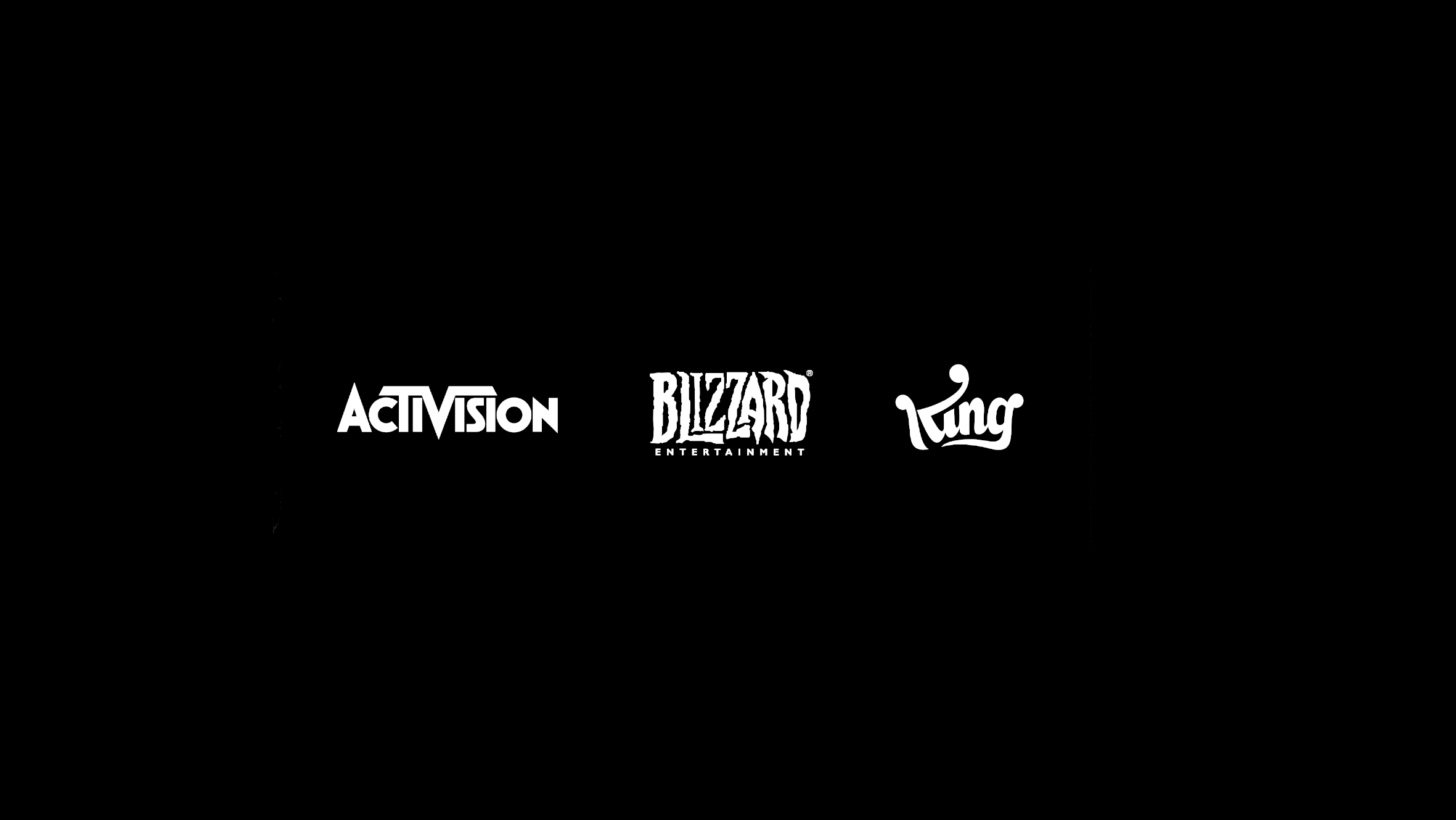Our commitment to pay equity
A letter from Julie Hodges, Activision Blizzard's chief people officer.
Julie Hodges, Activision Blizzard’s chief people officer, sent the following email to staff on Tuesday:
We know that the best way we can stay accountable to our DE&I commitments is with transparency, which is why we are sharing Activision Blizzard’s second annual global pay equity and second pay gap analysis*, conducted by a third-party firm.
We are proud to share that for the second consecutive year, we have maintained pay equity globally at ABK. After accounting for factors that impact pay such as role, location, tenure, and job classification, our analysis showed that employees who are women, non-binary people, or who self-identify as something else earned on average $1.00 for every $1.00 earned by men for comparable work. This third-party analysis validates our ongoing efforts to ensure that employees are paid equitably. Pay equity is one of the most critical measures for us in maintaining our commitments around inclusion and transparency.
We also conducted a global median pay gap analysis for 2022. A median pay gap analysis reflects the difference between the median earnings of all employees who do not identify as men compared to all employees who identify as men, across the entire company, regardless of their job. It does not compare the pay of employees performing comparable work, like the pay equity review above.
Globally in 2022, the median total compensation for men was 16.4% higher than the median total compensation for those who identify as who are women, non-binary people, or who self-identify as something else. This gap has narrowed from the 22.8% reported for 2021. This demonstrates meaningful progress in narrowing the gap, and reflects factors such as the company’s conversion of contingent workers to full-time workers, as well as our continued strides in inclusive recruiting, hiring, and promotion practices.
The whole company saw an increase in the combined representation of women or non-binary employees last year.
When we specifically look at women in game development leadership roles, the number has more than quadrupled since 2016.
We saw the most progress between 2021 and 2022, when the percentage of women in game development leadership roles increased by 58%.
As of December 31, 2022, women or non-binary employees combined made up 26% of the company's staff, up from 24% as of November 30, 2021.
33% of all recruited individuals identified as women or non-binary, which is higher than our historical averages
ABK offers several programs that help ensure women or non-binary employees have learning opportunities and paths to mobility, such as:
The King KickingGlass program offers employees from diverse backgrounds at King access to an accelerated learning program and provides opportunities to network, build community, grow skills, and benefit from mentoring initiatives.
Together@ABK is a mentorship program launched first in the ABK Women’s Network to connect members with mentors; the program was recently expanded to all members of all ABK Employee Network Groups.
Blizzard hosts an annual Women’s Summit, with the goal to inspire, celebrate, develop, and connect women and allies across Blizzard and recently announced the formation of its own chapter of the ABK Women’s Employee Network to further drive ideas and programming.
At Activision Publishing, the XP Equity program is designed to make it easier for employees to develop relationships with leaders and their peers through direct connection and mentorship.
Outside of ABK, we’re also working to welcome more women and non-binary people to the games industry more broadly. As part of our $250 million commitment to accelerate opportunities for diverse talent, ABK has joined Reboot Representation as a Senior Executive Member and we’re committed to supporting meaningful change by growing Black, Latina, and Native American female representation in gaming.
Our efforts to ensure equity and inclusion are always ongoing, and we’ll continue to hold ourselves accountable through transparent updates shared with our colleagues.
Thanks for everything each of you is doing to promote and support this mission.
Julie
*Please note:
Our gender data is global, where permissible by local law, and represents employees’ self-selection between fields of “female,” “male,” “non-binary,” “other,” and “I do not wish to disclose.” Our pay equity and pay gap data is based on our regular, non-temporary employee population as of Dec. 31, 2022.
In conducting this analysis, we consider the percentage of known employees (i.e., those who have not selected “I do not wish to disclose,” or have not identified in any way).
Category language has been recently updated internally and is changed here with “female” displayed as “woman,” “male” displayed as “man,” and “other” displayed as “something else.”
In our recent DE&I 2022 Look Back we published our new approach to data reporting so that we move away from grouping categories together. However, equal pay and pay gap generally compare the earnings of men to those who do not identify as men, which is consistent with the analysis we have reported for two years running.
Editor’s note, April 25, 2023: Respect and support is important to us, so we adjusted the language used to describe employees to those “who are women, non-binary people, or who self-identify as something else.”



